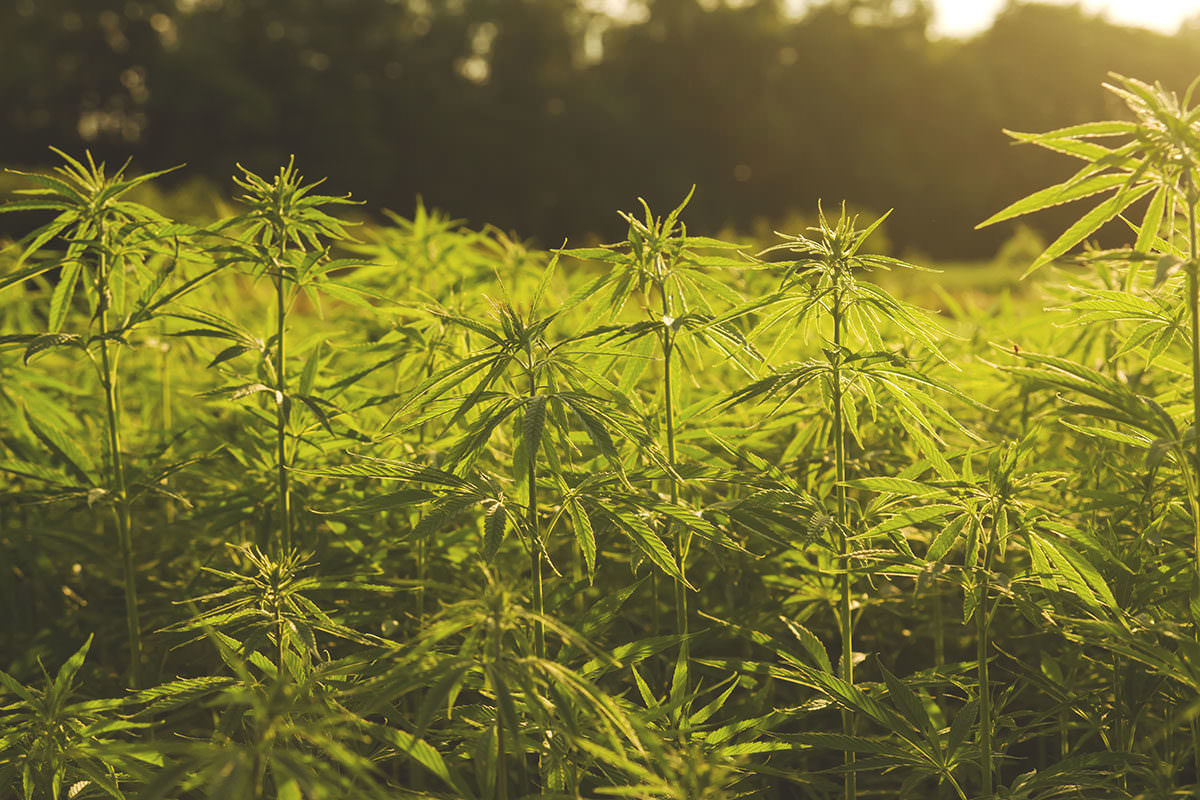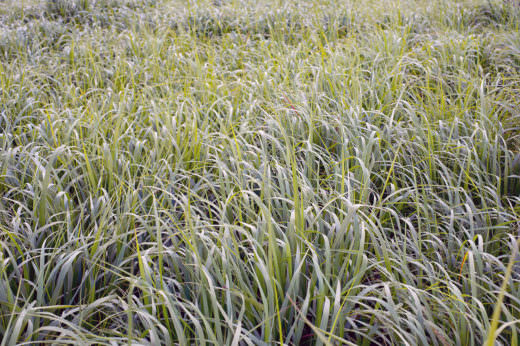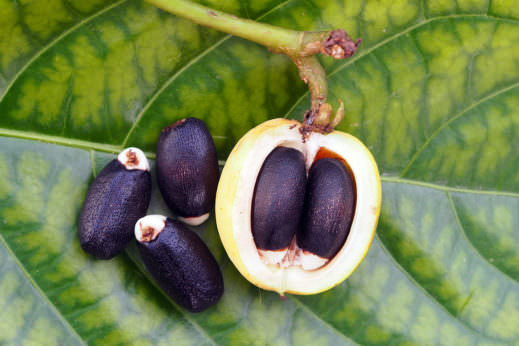From Farm to Fuel Tank: 5 Eco-Friendly Crops Grown for Gas and Diesel
Most biofuel in America is made from GMO corn grown in industrial monocultures in the Midwest. But researchers are racing to develop alternative fuels from more environmentally-friendly crops.






The article doesn’t mention biobutanol, a slightly longer carbon chain fuel than ethanol that can be a much better substitute than ethanol for current legacy engines.
And the problems with biofuels mentioned seem to compound around the many exclusive intelectual properties or patents.
A program to use the governments’ powers of imminent domain to allow reasonable exchanges of techniques are needed, there are many synergies possible from multiple patented methods.
in lee county fl county gave them Algenol a grant trouble is the main person i trying to use the right word was quite bent. when the state was cleaning out some laws that no longer needed to be on books they dropped the state alcohol requirement in fuel since the federal gov has the same rule and rules cost money to check and enforces the state removes duplicate rules well he went off the deep end the rule changed nothing fl gas is 10% except for specialty engine fuel and boats but a short time later he sold the… Read more »